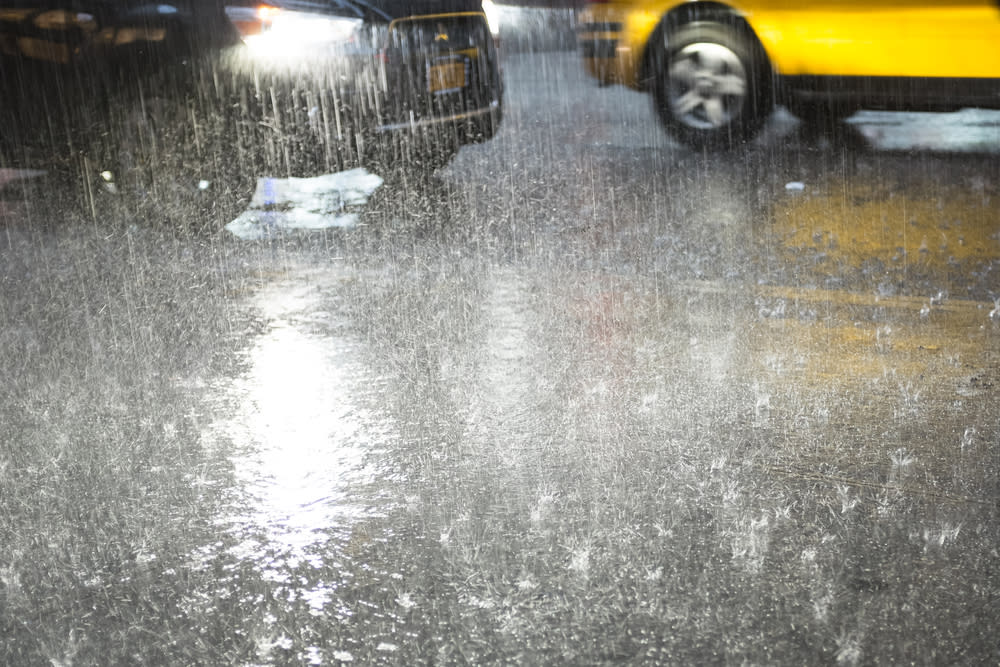

KABOOM! Big, black clouds roll in, flashes of fire light up the sky, and all of a sudden you are completely amazed by the power of nature. The problem is, you’re driving, and you’re not all that sure whether this is a beautiful phenomenon or something that you should worry about.
The truth is, it’s both. No one can dispute the beauty of a thunderstorm, but the fact is, driving in one can be hazardous. And it’s not that you have to worry about being struck by lightning – that’s actually not likely to happen. What is possible, though, is having an accident because you can’t really see where you’re going. Add to that the danger of other people who don’t adjust their driving habits for conditions, and you can have a recipe for disaster.
So, how do you stay safe when driving in a thunderstorm?
Build in extra time. If you think a storm is brewing, allow for bad driving conditions. Leave early to arrive safely and on time.
Remember that every second you spend driving in a storm is going to increase your chances of being involved in an accident. Pull over if you can, and if you can’t, be very careful.
Check your mirrors. Remember, debris is going to be everywhere.
Obey the rules of the road. Don’t speed. In fact, in a storm, consider the speed limit a “suggestion.” Ideally, you will slow down for conditions.
Be patient. Other drivers are just as nervous as you are, so if someone takes a little more time at a light, cut them some slack.
Watch for speeders. We know, this sounds crazy, but there are plenty of cowboys out there who know perfectly well that the cops aren’t as likely to be pulling them over in a storm to write a ticket.
Use common sense. Remember that you are driving in very dangerous conditions, so no matter how important it is that you get to where you’re going, remember – in a bad storm, sometimes you could have the choice of getting there late or not getting there at all. Drive safely.
Is it safe to drive in a thunderstorm? No. It is not. But sometimes it is necessary. So if you absolutely must drive in horrible conditions, follow the safety rules above. You may get there late, but you’ll get there safe.



